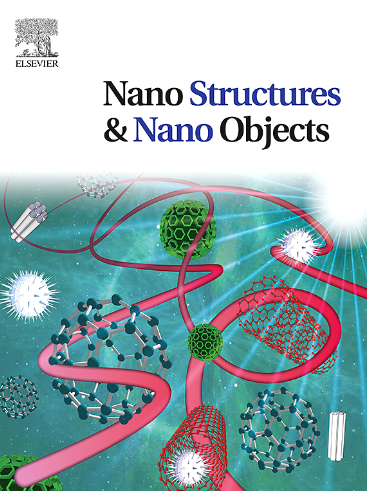Recent development in wearable sensors for healthcare applications
IF 5.45
Q1 Physics and Astronomy
引用次数: 0
Abstract
Wearable sensors aid in diagnosing various diseases by using chemical, physical, and biological sensing technologies. They also make it possible to continuously and instantly monitor a patient's physiological state. Recently, the demand for sensors that track people's surroundings, fitness and health has increased. In the meantime, the production of flexible and wearable polymer sensors based on biocompatibility, biodegradability, environmentally friendly features and cost-effectiveness has created a significant evolution in the wearable sensor industry. In this review, the most recent researches conducted in the direction of the construction of wearable sensors in different fields including physical, optical, chemical, biochemical and the working mechanism of these sensors have been reviewed. Assisting researchers in selecting the most appropriate selective and sensitive sensor is a key objective of this review. In addition, the applications of these sensors were classified into different categories and discussed in fields such as health care and remote welfare. In general, improving personal health care and monitoring their performance using wearable electrochemical and biosensor technologies have a significant impact on people's daily lives.
用于医疗保健应用的可穿戴传感器的最新发展
可穿戴传感器利用化学、物理和生物传感技术帮助诊断各种疾病。它们还能持续、即时地监测病人的生理状态。最近,人们对跟踪周围环境、健身和健康状况的传感器的需求有所增加。与此同时,基于生物相容性、生物降解性、环保特性和成本效益的柔性可穿戴聚合物传感器的生产为可穿戴传感器行业带来了重大发展。在本综述中,综述了在构建可穿戴传感器的不同领域(包括物理、光学、化学、生物化学)所开展的最新研究,以及这些传感器的工作机制。协助研究人员选择最合适的选择性灵敏传感器是本综述的主要目的。此外,还对这些传感器在医疗保健和远程福利等领域的应用进行了分类和讨论。总体而言,利用可穿戴电化学和生物传感器技术改善个人医疗保健和监测其性能对人们的日常生活具有重大影响。
本文章由计算机程序翻译,如有差异,请以英文原文为准。
求助全文
约1分钟内获得全文
求助全文
来源期刊

Nano-Structures & Nano-Objects
Physics and Astronomy-Condensed Matter Physics
CiteScore
9.20
自引率
0.00%
发文量
60
审稿时长
22 days
期刊介绍:
Nano-Structures & Nano-Objects is a new journal devoted to all aspects of the synthesis and the properties of this new flourishing domain. The journal is devoted to novel architectures at the nano-level with an emphasis on new synthesis and characterization methods. The journal is focused on the objects rather than on their applications. However, the research for new applications of original nano-structures & nano-objects in various fields such as nano-electronics, energy conversion, catalysis, drug delivery and nano-medicine is also welcome. The scope of Nano-Structures & Nano-Objects involves: -Metal and alloy nanoparticles with complex nanostructures such as shape control, core-shell and dumbells -Oxide nanoparticles and nanostructures, with complex oxide/metal, oxide/surface and oxide /organic interfaces -Inorganic semi-conducting nanoparticles (quantum dots) with an emphasis on new phases, structures, shapes and complexity -Nanostructures involving molecular inorganic species such as nanoparticles of coordination compounds, molecular magnets, spin transition nanoparticles etc. or organic nano-objects, in particular for molecular electronics -Nanostructured materials such as nano-MOFs and nano-zeolites -Hetero-junctions between molecules and nano-objects, between different nano-objects & nanostructures or between nano-objects & nanostructures and surfaces -Methods of characterization specific of the nano size or adapted for the nano size such as X-ray and neutron scattering, light scattering, NMR, Raman, Plasmonics, near field microscopies, various TEM and SEM techniques, magnetic studies, etc .
 求助内容:
求助内容: 应助结果提醒方式:
应助结果提醒方式:


